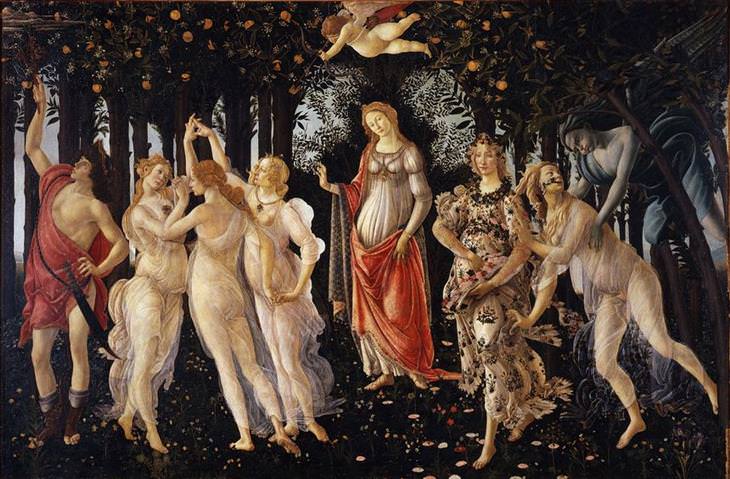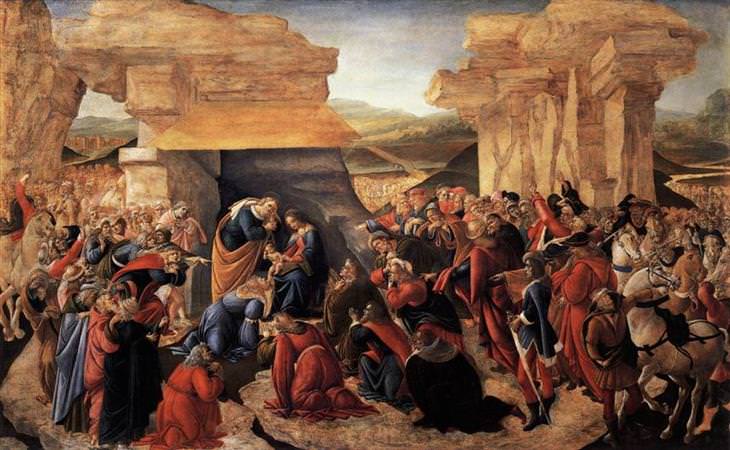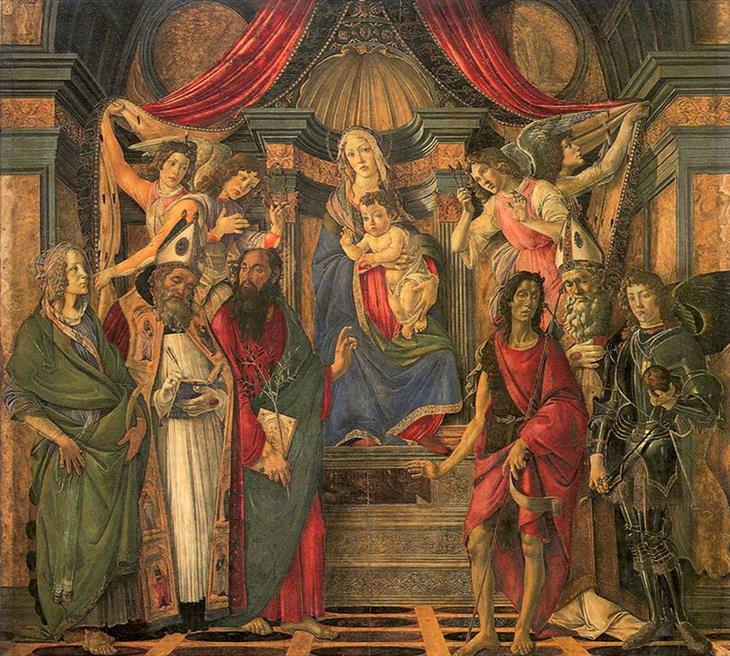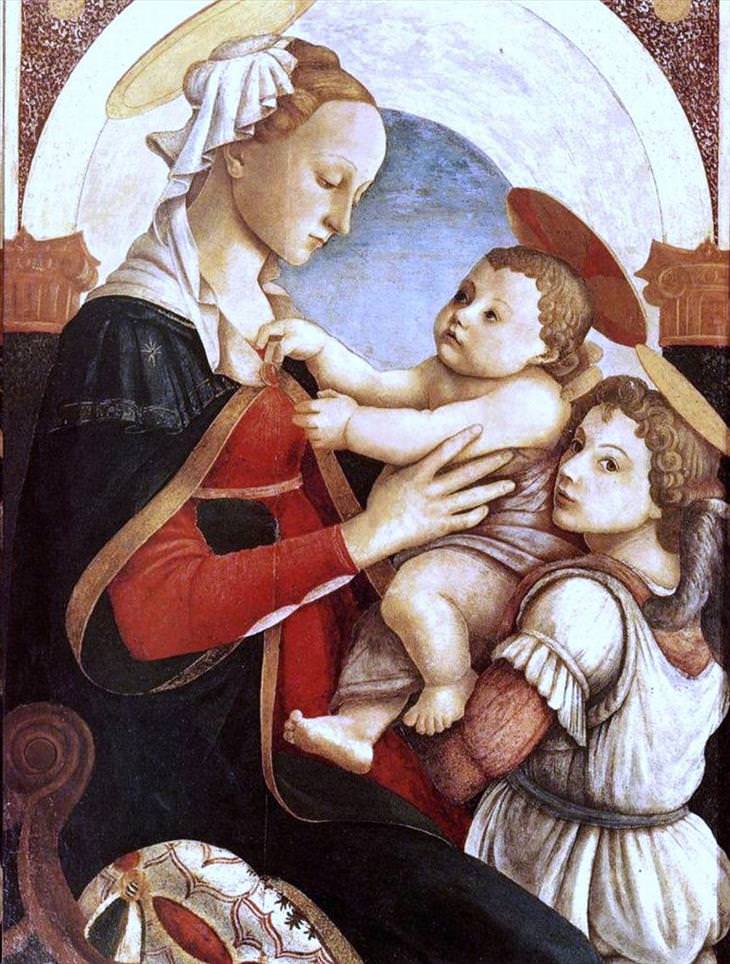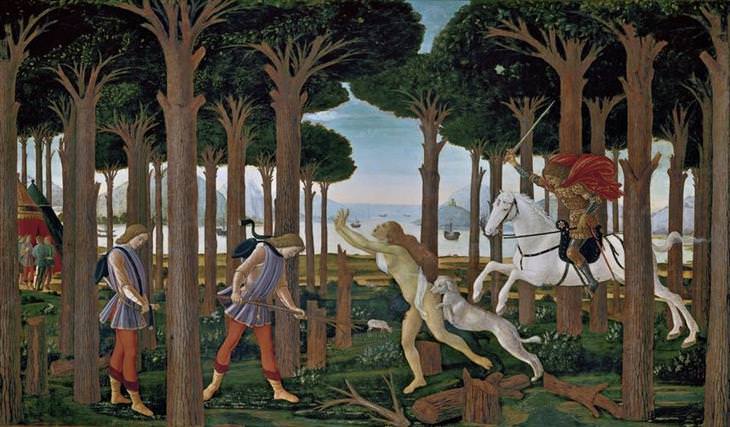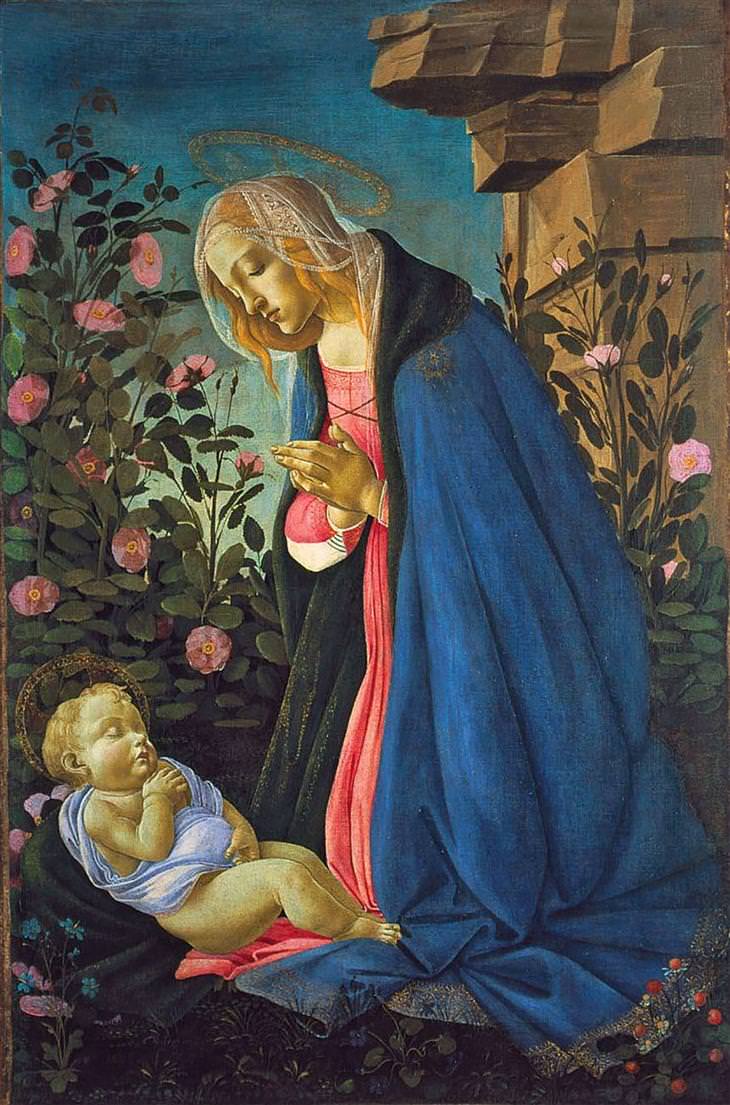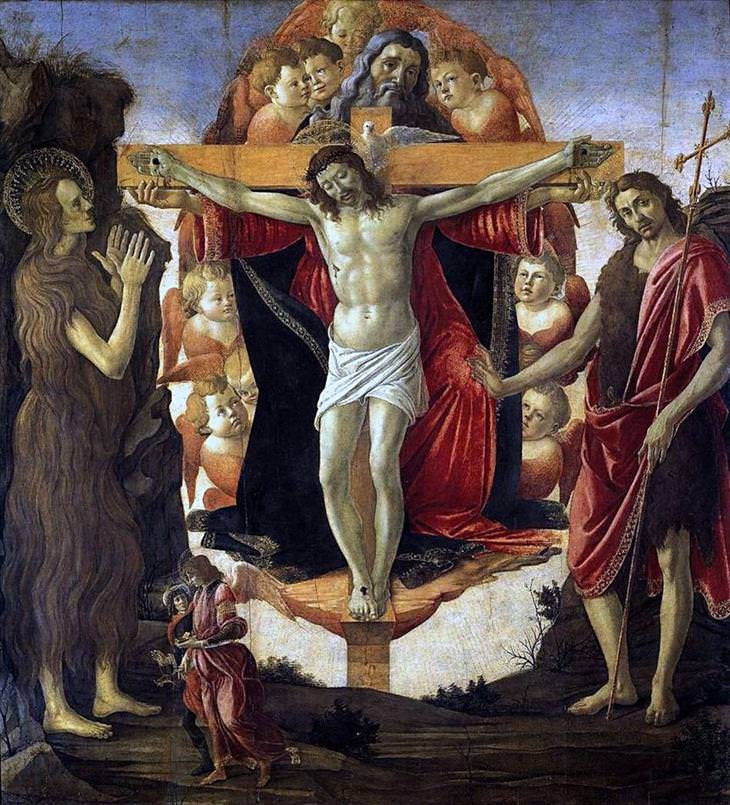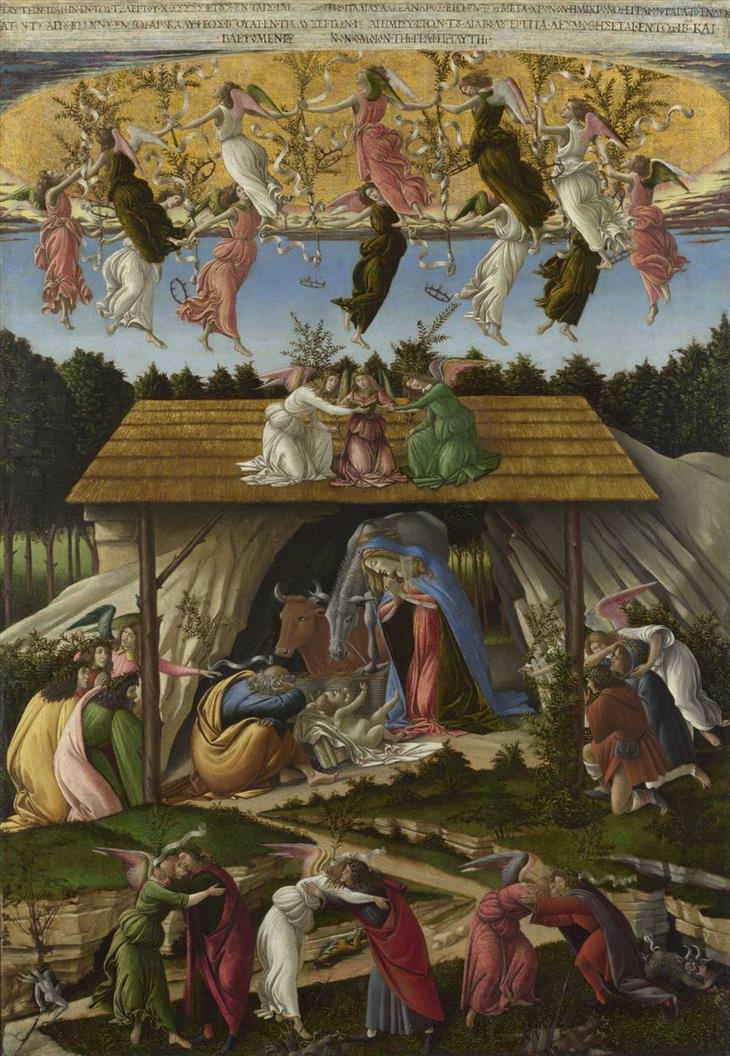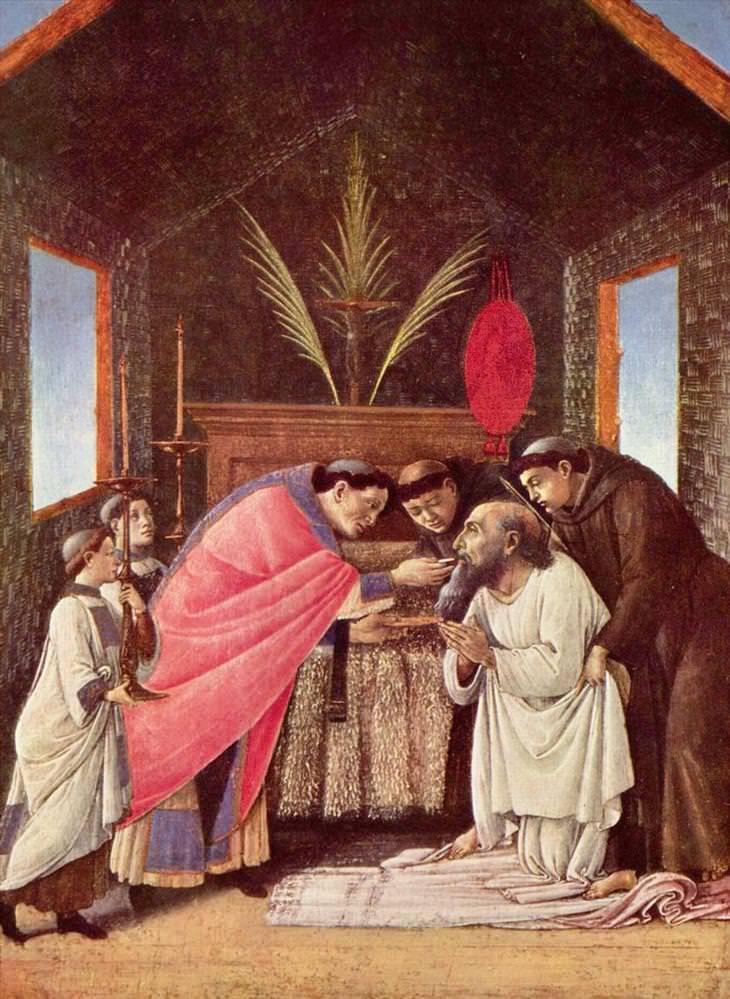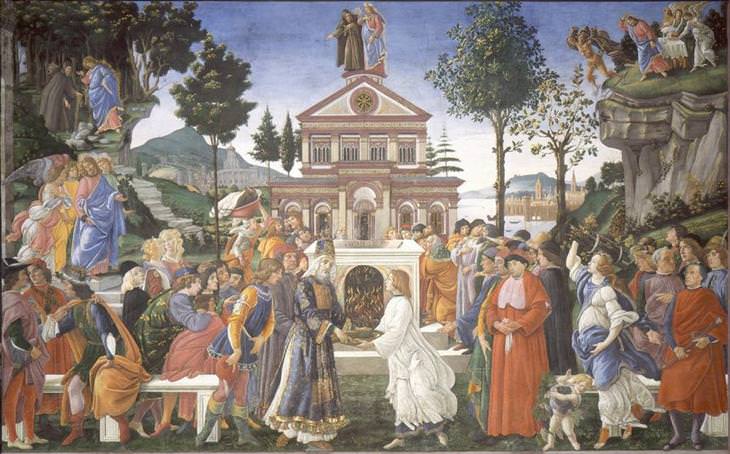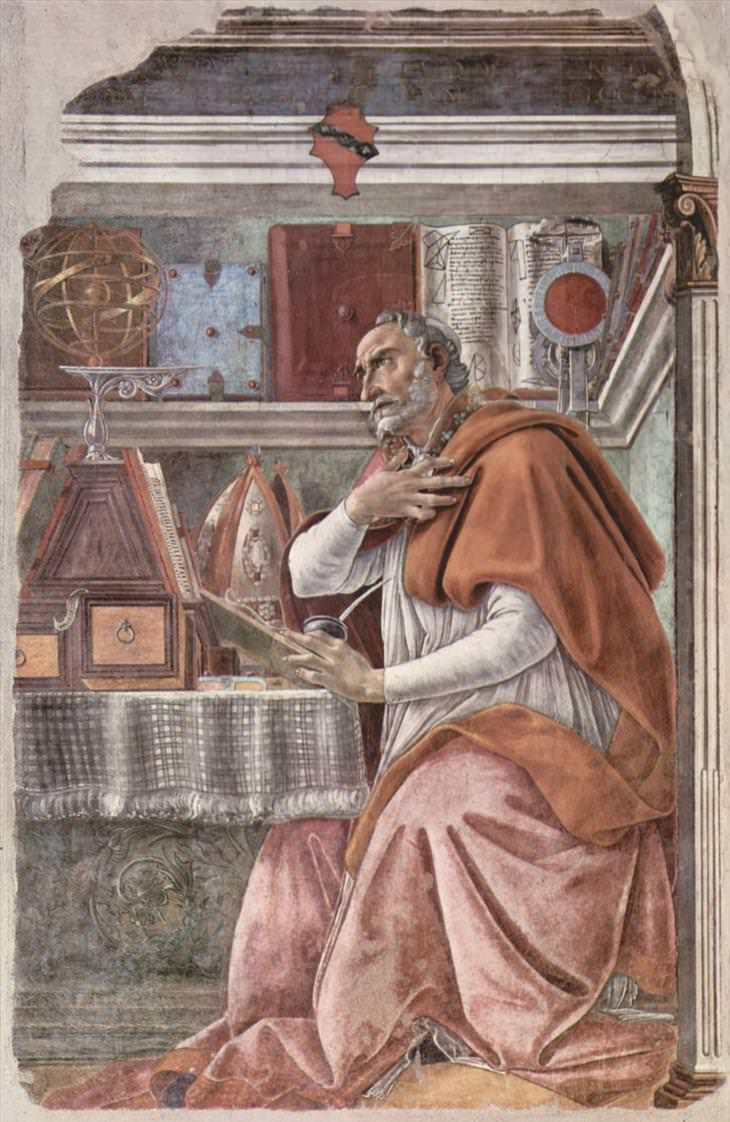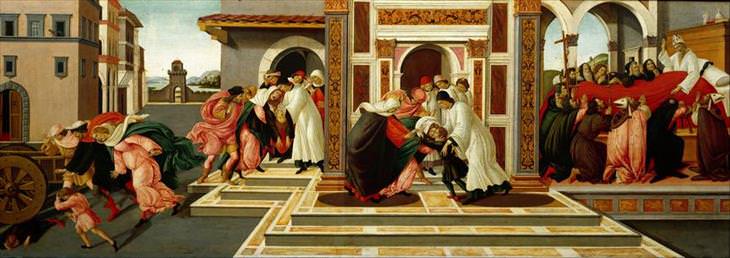
Alessandro di Mariano Filipepi, better known as Sandro Botticelli (born in 1445 and died in May 1510) was one of the most acclaimed painters of the Florentine Renaissance. He is best known for his works of art, The Birth of Venus and Primavera which are often said to epitomize the spirit of the Renaissance. Being the great artist that he was, he was also summoned to take part in the decoration of the Sistine Chapel in Rome and was supported by the leading families of Florence, including the Medici.
Despite the reputation he built throughout his career, by the time of his death, his reputation was on the decline. At the time, his works were overshadowed by the new styles of Perugino and Francesco Francia, and even more so by the High Renaissance paintings of Michelangelo and Raphael. Around this time, Botticelli's name had disappeared, until his works were reassessed once again in the 1890s.
The Birth of Venus, 1485

The Story of the Woman Behind Vincent van Gogh
Little is said about the woman behind Vincent van Gogh, but he was not always alone...
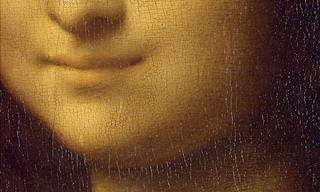
5 Fascinating Facts about the World’s Most Famous Painting
Leonardo da Vinci’s 'Mona Lisa' is the most famous painting in the world, but did you know these interesting facts about it?

QUIZ: Recognize These Famous Renaissance Masterpieces?
If you're a fan of the Renaissance, then give this quiz a shot, and see how many famous paintings you can recognize.

Feast Your Eyes on Titian's 10 Most Epic Masterpieces
Have a look at these ten incredible masterpieces from one of Italy's finest artists. As a painter, he was extremely versatile, and his body of work includes portraits, scenes from mythology and religion, as well as breathtaking natural landscapes.
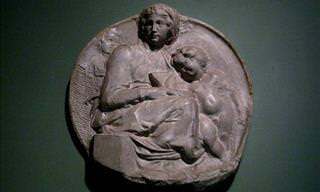
There’s a Side to Michelangelo’s Artwork You’ve Never Seen
Take a look at the work of artist Michelangelo, beyond the Sistine Chapel and the statue of David, and created by him over 70 years.
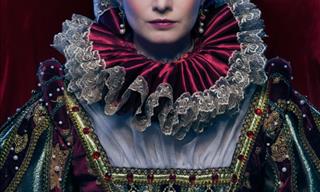
QUIZ: How Much Do You know About the Renaissance?
Test your knowledge of the European Renaissance Period.
 8:06
8:06
Art Explanations: Rembrand’s Most Famous Painting
'The Night Watch' by Rembrandt is among the most recognized paintings in the world, but what makes it a masterpiece?
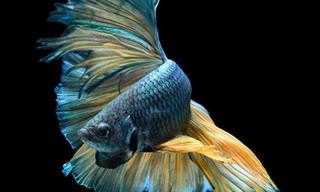
These Fish Photos Are Unlike Anything I've Ever Seen
Have you ever seen such stunning fish? This photographer captures the beauty of Siamese fighting fish.
 2:01
2:01
What Happens When You Bring a Typewriter to an Orchestra?
Who knew that a typewriter would pair so beautifully with the sounds of a violin?
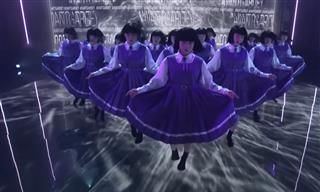 6:44
6:44
This Japanese Dance Group is Unique in its Coordination!
Watch as dance group Avantgardey amazes everyone on AGT with their precision and doll-like coordinated movements.
 4:25
4:25
Who Said You Can't Have a Laugh With Classical Music?
A Funny Musical Performance: by the mozart group playing a funny song they term 'How to Impress a Woman'.
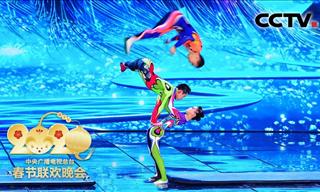 5:59
5:59
Unbelievable! These Acrobatic Feats Will Blow You Away!
This team of highly skilled acrobats were brought in to celebrate Chinese New Year and truly leave you awestruck!
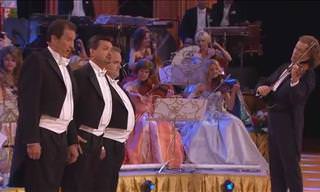 3:14
3:14
WATCH: Andre Rieu Takes On a Neapolitan Classic
Andre Rieu is well-known for doing justice to classic songs, and this time, he takes on 'O Sole Mio, one of the Neapolitan all-time greats. Enjoy!

12 Jaw Dropping Facts About the Most Famous Art in History
You'll likely recognize these famous artworks, but we’re willing to bet you didn’t know the incredibly curious facts about these masterpieces
 5:45
5:45
You've Never Seen a Magic Act Like This Before!
This young man stuns an entire audience with his innovative and mind-boggling close-up magic tricks.

This Japanese Tradition Takes Art to a New Level!
See how the Japanese continue the tradition of the rice harvest season by creating gigantic straw sculptures.
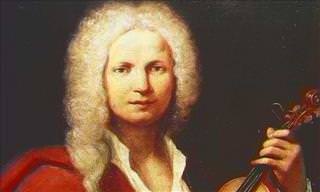
Let Vivaldi's Music Breathe Renaissance Beauty Over You
Vivaldi is one of the biggest names in all of musical history, and now you can hear why with this collection of 24 of his finest compositions.
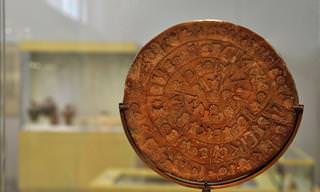
Incredible! History's Most Bizarre Unexplained Mysteries
Throughout the history of the world, there have been many great mysteries which have never been solved. Here are 10 of the most intriguing ones.
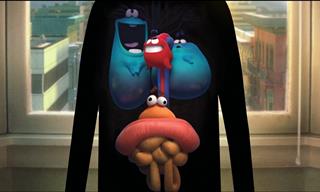 6:24
6:24
This Funny Short Film Shows Us How Our Bodies Work!
It showcases how our body works in a wonderful, fascinating way that is also lighthearted and fun.
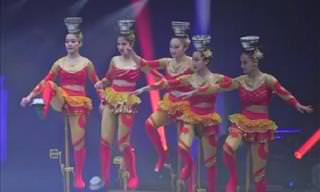 7:35
7:35
Acrobats on Unicycles? Now I Really Have Seen It All...
These Chinese unicycle acrobats will completely blow you away! Check out their daring performance here.
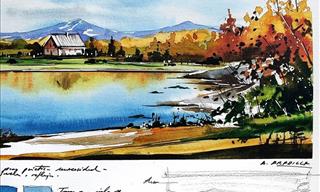
Travel the World With These Gorgeous Watercolor Paintings
Here is a look at some delightful watercolor paintings of an artist who documents her travels in the form of beautiful illustrations.
 4:59
4:59
This Young Violinist Will Treat Your Ears to Heaven...
watch as 11 year old Tyler Butler-Figueroa wows the judges of America's Got Talent with his violin music.
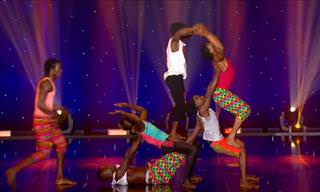 2:03
2:03
Wow! This is One of the Best Acrobat Acts You'll Ever See!
When you go and watch Le Cirque Mandingue (The Mandingue Circus), you just know that you’re going to be in for a real treat. Get a taste here!
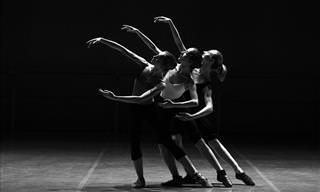
The Origins of These Dance Forms Will Surprise You
These beautiful dance forms have the most interesting origin stories you won't want to miss.
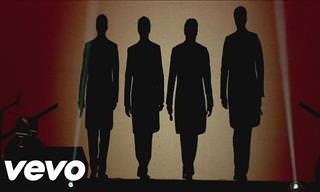 5:24
5:24
When These 4 Sing Together, Their Music Touches Any Heart
Il Divo amaze everyone with an amazingly catchy song!
 3:39
3:39
Il Divo's Astound All With Their Elvis Presley Tribute
Male vocal group Il Divo give Elvis the respect his songs deserve.
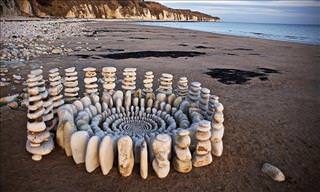
These Beautiful Works of Art Are Made With Natural Things
James Brunt loves walking in nature, but he chooses to beautify it even further by creating works of art that blend in with their surroundings. Take a look.
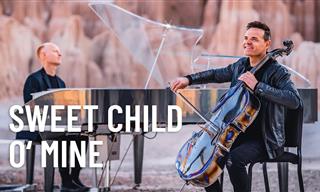 4:29
4:29
When Classic Meets Rock: A Gorgeous Rendition
Watch and listen as the Piano Guys, famous for their renditions of modern music, play an amazing rendition of "Sweet Child o' Mine)
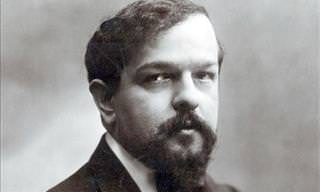
10 Classical Compositions By Genius Claude Debussy
Enjoy this playlist by the famous classical composer Claude Debussy. We feature 10 of his best works and explain a little bit about each one.
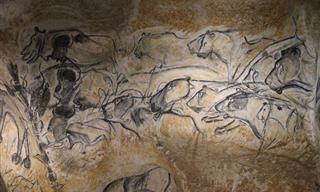
Five Fascinating Prehistoric Cave Paintings All Should See
In this article, we feature 5 famous prehistoric cave paintings, ranked from earliest to oldest.
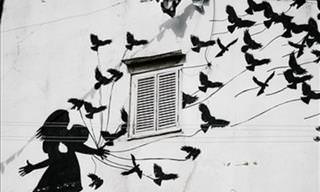
40 Works of Street Art That Will Make You Stop And Think
Many beautiful works of art have been found in the most unique places. These artists make the streets their canvas and pour their hearts out to the world.
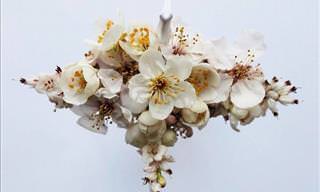
Origami Artist Creates Art Like You've Never Seen Before
This origami art by Cristian Marianciuc is unlike anything you've ever seen.
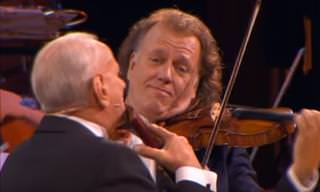 5:40
5:40
This Classical Duo's Music Will Touch Your Soul, Guaranteed
Watch the legendary Anre Rieu perform alongside Gheorghe Zamfir, as they treat their audience to Lonely Shepherd, live from Bucharest.
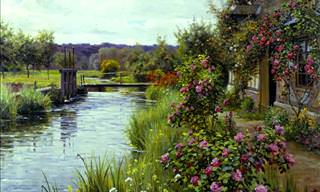
I'd Never Heard of This Artist - Now I'll Never Forget Him
Look at these lush rural scenes and you'll feel like you're really where the artist was, communing with nature.
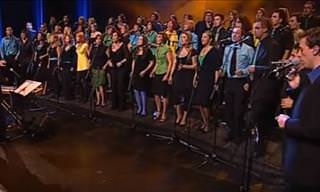 6:18
6:18
These Human Voices Alone Resurrect a Totemic Rock Classic
Toto's Africa is one of my favorite songs. So I was thrilled to hear this stunning a cappella version ...
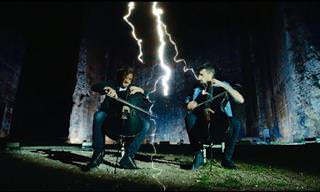 2:37
2:37
Have You Ever Seen A Cello Performance Like This?
2Cellos are a hugely succesfuly cellist duo hailing from Croatia. Watch them perform their latest single, "Vivaldi", in this next clip:
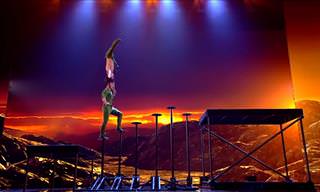 4:27
4:27
These Brothers Wow a Nation With Death-Defying Act!
The Giang Brothers might not have won the final of Britain’s Got Talent 2018, but they almost certainly won the hearts of a nation with their death-defying act!
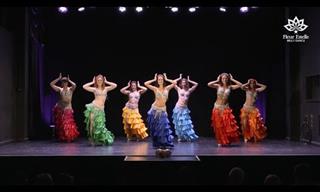 2:35
2:35
These Colorful Belly Dancers are Beauty in Movement
In this spectacular show, you will meet Fleur Estelle and her team of dancers in a particularly colorful and oriental belly dance performance.
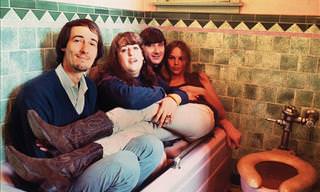
Nostalgia: 12 Great Songs by The Mamas and The Papas
If you're a fan of The Mamas and The Papas, you're going to love this collection of their greatest song.
 4:46
4:46
This Performer Will Shock and Inspire You
Once you finish watching this performance, you too will be filled with admiration for this extraordinary man who has no limbs but a lot of heart.
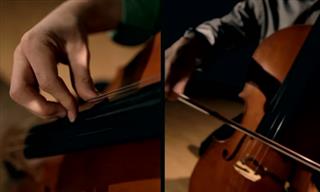 3:17
3:17
Immerse Yourself In the Evocative Tunes of the Cello Song
Listen to this magical and unforgettable rendition of the famous Cello Song by J.S. Bach.
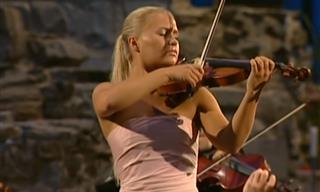 10:51
10:51
A Spellbinding Violin Rendition of a Beautiful Classic
Norwegian violinist Mari Samuelsen plays a beautiful part of Vivaldi's 4 seasons, Concerto no. 2, Summer.
 25:20
25:20
Is This Really How These Famous People Talked?
Mimicking an accent can be difficult. Watch this expert analyze 17 actors who played real-life characters. Did they nail it or not?
 4:34
4:34
Smile as These 2 Prove You're Never Too Old to Dance!
If you think you're too old to dance, then you'd better think again!
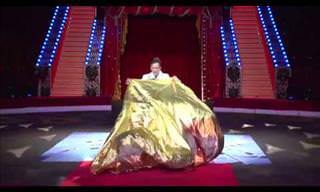 4:40
4:40
This Woman Changes Clothes Faster Than You Can Blink
An incredible magic show that will make you doubt your eyes! But keep them wide open because you're not gonna want to miss this!
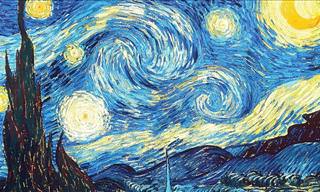
8 Famous Artists That Were Rejected During Their Lives
In this article you will find eight great artists who simply weren’t appreciated for the work that they created during their time.
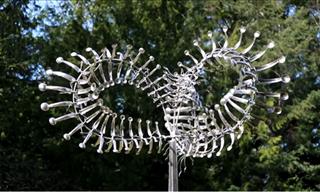
These Wind-Powered Moving Sculptures Are Breathtaking!
These breathtaking metal sculptures by genius artist Anthony How move with the wind
To enable your Ad-Free Subscription, please fill the fields below
Your subscription was successful, now you can enjoy an ad-free experience!! Note: To make sure you get no ads, please make sure to log in to your account. If you are logged in already, then refresh the page. The subscription can be cancelled at any time.




